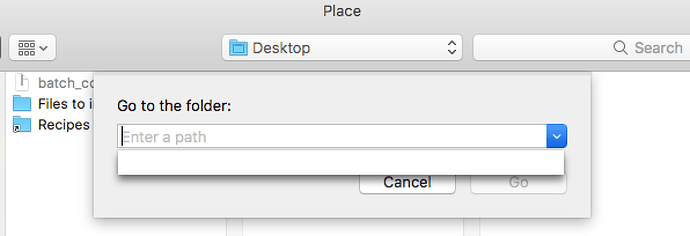I’m a keyboard maestro novice. Is it possible to create the following macro without coding?
- Open an “import file” dialog box within an application (this is a simple keystroke command).
- Once the dialog opens to a folder, an X number of files will reside in that folder and I need to grab that number. So I need for either keyboard maestro to get this number of files and store it as a variable or it can pause and I can enter the number manually and click continue.
- Next, keyboard maestro repeats a keystroke the number of times specified in the variable, subtracts one from the variable, and executes the return keystroke to close the dialog box, thereby importing the file.
- Now I need keyboard maestro to cycle back to the first step (open dialing box) and repeat the steps—each time subtracting one from the stored variable. Thus, the keystroke repeat will be less one from the previous time.
- The updated variable will not only determine the number of keystroke repeats but also determine when the macro ends (when the variable reaches zero).
Or maybe there’s a simpler way to do this?
As you’ve probably guessed, I’m trying to import all the files within a given folder, in the order they appear, and end the macro with the last file.
Any help or advice would be appreciated.



